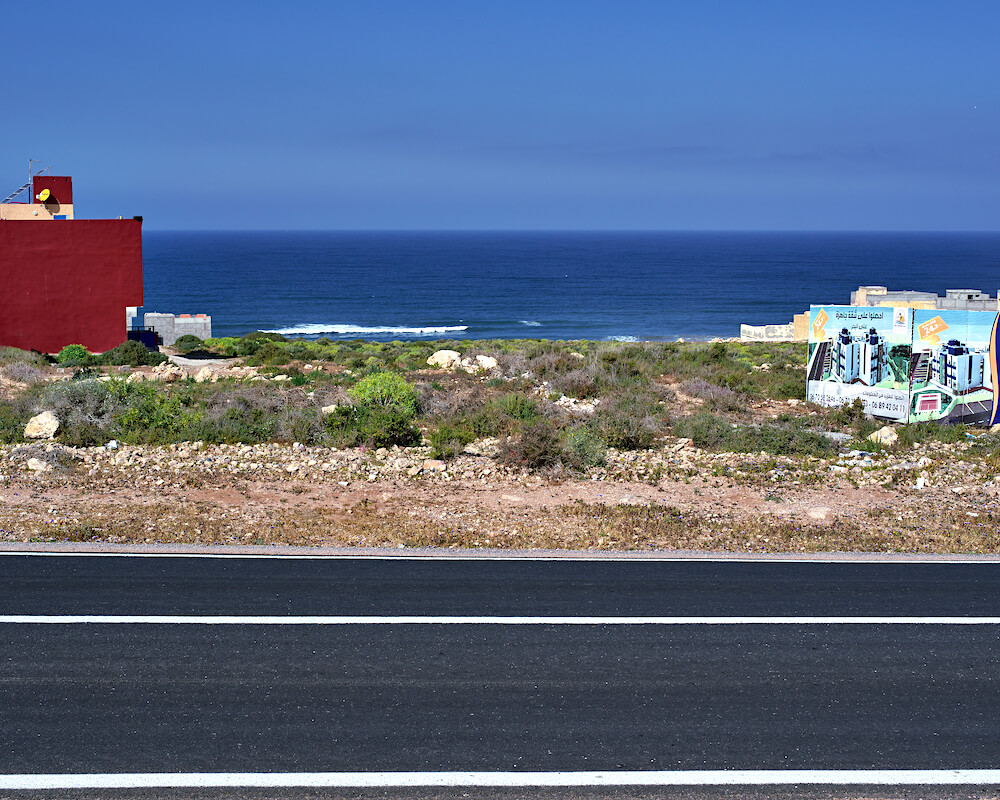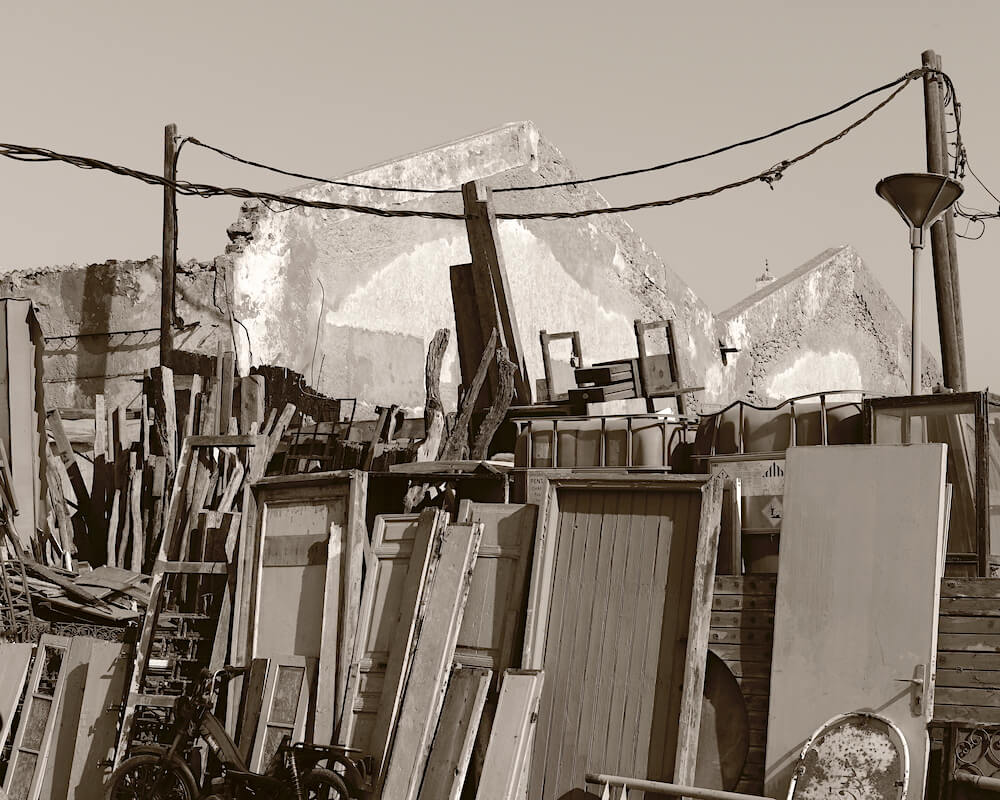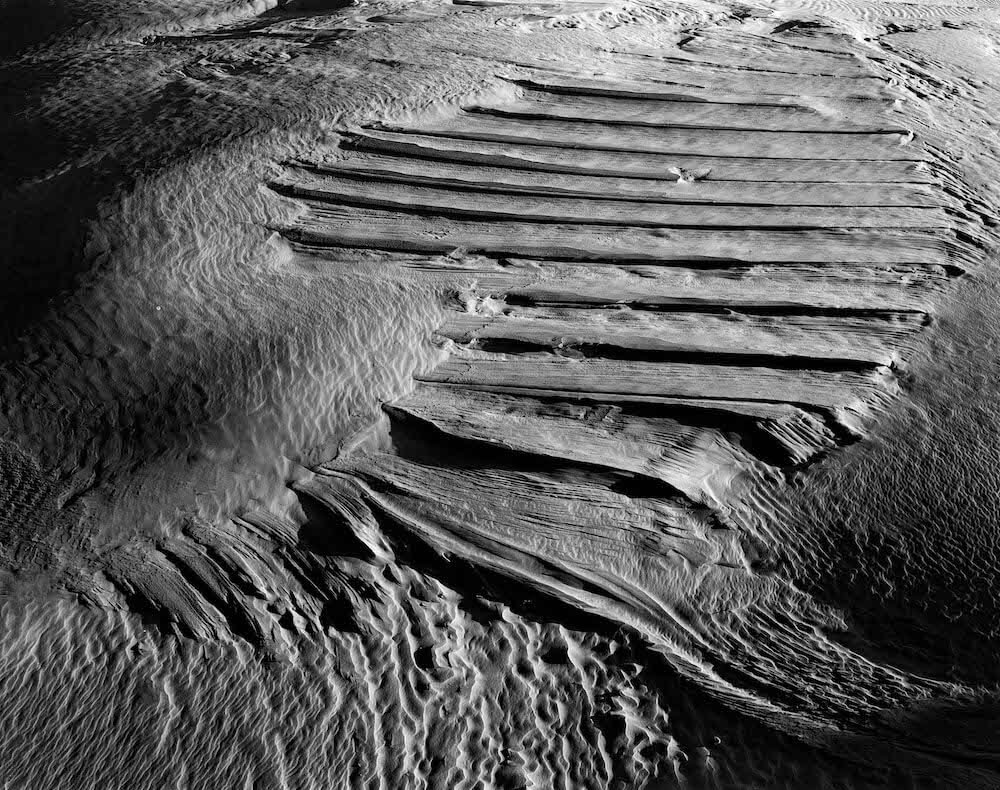Recent discussions on landscape photography have touched on both the power of individual images and the influence photographers can have over shaping and exerting maximum interest from a RAW file. Moreover, that photographic art derives from the creative interpretation of a scene, both through the choice of shooting medium used and techniques in processing.
In comparison, photographic realism, shall we say, imagery-based around representation that relies less on interpretation, is not as ‘artistic’. This may well stand up if we are considering the single image but in a project, the art is not necessarily vested in the wow factor for a single photo but can be across a series with a narrative flow. Twenty plus photos that are produced with a ‘flat’ visual style, based on realism can function for a whole with meaning and subtly. Here’s my personal take on this.





